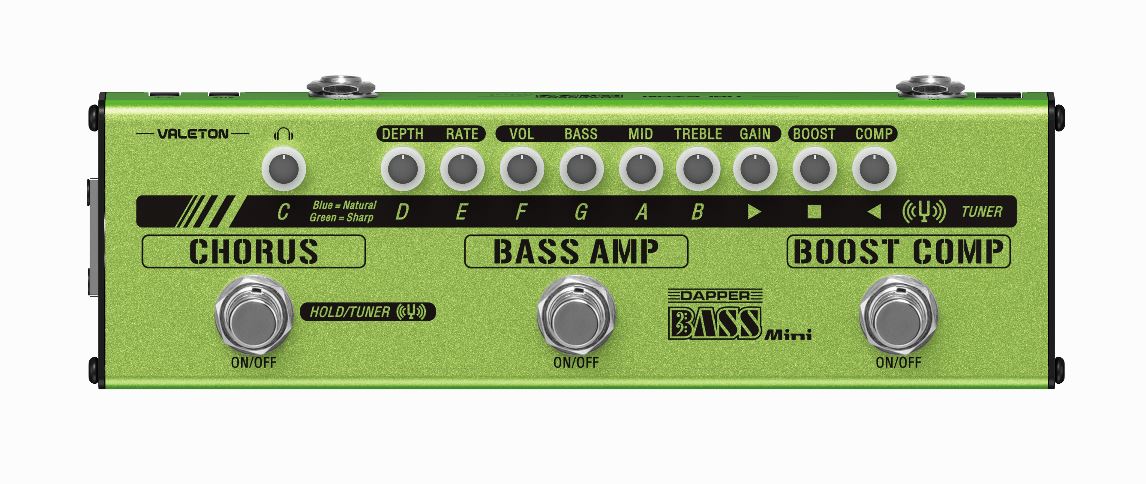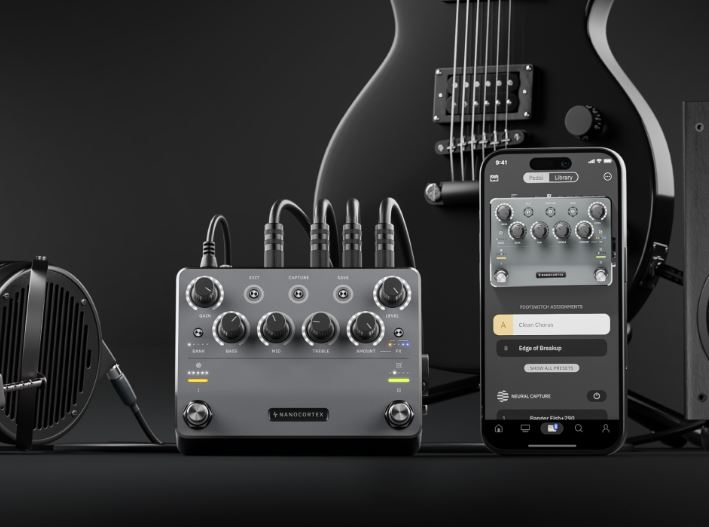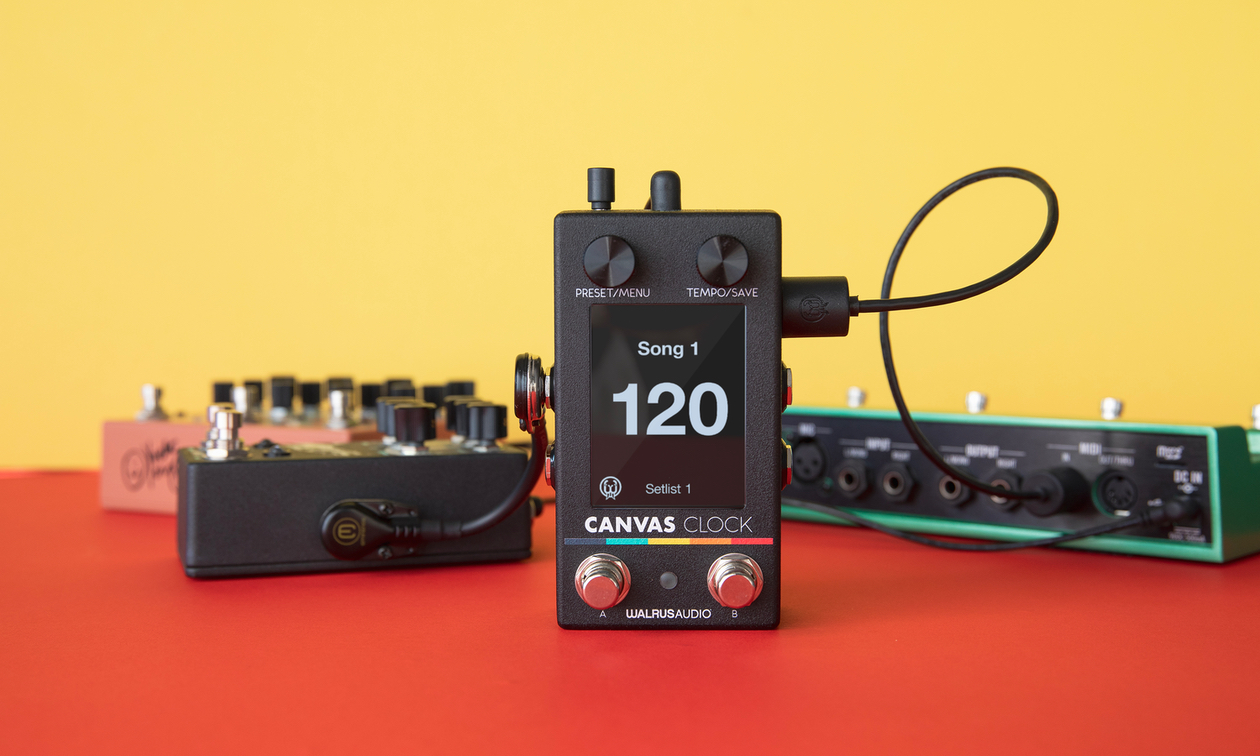A Deep Dive into Michael Manring’s Revolutionary Instrument Introduction The world of bass guitars is filled with incredible innovations, but few instruments have pushed the boundaries of what a bass can be like the Zon Hyperbass. Designed in collaboration with virtuoso bassist Michael Manring, the Hyperbass is a one-of-a-kind instrument that challenges traditional bass playing in ways few others can match. This review is written from the perspective of a long-time admirer of the instrument. Though I have never played one myself, my fascination with its capabilities and years of following Manring’s work have given me deep insights into what makes the Hyperbass such a groundbreaking instrument. This article explores its history, unique features, and why it remains an unparalleled rarity in the world of bass guitars. Origins: A Collaboration Between Visionary Minds The Zon Hyperbass was not simply an evolution of existing bass guitars—it was a radical reimagining of what a bass could do. Michael Manring, known for his expressive and highly technical playing style, wanted an instrument that could facilitate his explorations in altered tunings, extended range, and harmonics. He teamed up with Joe Zon, the founder of Zon Guitars, to bring his vision to life. The result was an instrument with an almost futuristic level of adaptability. It introduced a combination of structural and electronic innovations that made it possible for Manring to shift between multiple tunings mid-performance with ease. This wasn’t just a bass guitar—it was an evolutionary leap in instrument design. What Makes the Hyperbass Unique? The Zon Hyperbass is defined by several key innovations that set it apart from traditional bass guitars: 1. Radical Tuning Flexibility One of the most astonishing features of the Hyperbass is its independent detuning levers. Each string has its own adjustable detuner, allowing for instant retuning without stopping the performance. In addition to these, the Hyperbass also features a custom bridge detuner, a proprietary and extremely difficult-to-reproduce mechanism that further expands its tuning possibilities. This means that the player can shift into entirely new tunings on the fly—a feature that completely redefines what’s possible on a bass guitar. Michael Manring takes full advantage of this capability in his performances, seamlessly shifting between different tunings within a single piece. This allows for an expressive range and harmonic depth that is impossible on standard basses. 2. Extended Fretless Range and Harmonics Unlike a conventional fretless bass, the Hyperbass was built specifically to facilitate Manring’s signature melodic and harmonic techniques. The fingerboard is extended beyond what most fretless basses offer, featuring a three-octave fretless neck that gives the player greater freedom to explore microtonal nuances and harmonics. The fretless design, combined with the instrument’s unique shape and lightweight body, allows for an exceptional level of expressiveness, with smooth glissandos, natural harmonics, and even percussive effects. 3. Custom Electronics and Pickups Zon’s proprietary Bartolini electronics further enhance the Hyperbass’s ability to produce a wide range of tones. The bass is designed to maintain clarity and precision even when using extreme tuning shifts. The electronics allow for deep, resonant lows, bell-like harmonics, and everything in between, making it one of the most sonically versatile bass guitars ever created. 4. A Unique and Elegant Aesthetic The Hyperbass is visually striking. Its body shape is sleek and ergonomic, contributing to its lightweight feel and allowing easy access to the entire fingerboard. The absence of traditional tuning pegs and its streamlined design give it a modern, almost futuristic look. Every detail of the instrument reflects its intention: to be an extension of the player’s creative vision. The Hyperbass in Action For those who have never heard Michael Manring perform with the Hyperbass, the first listen is often a mind-blowing experience. His pieces often sound as though multiple instruments are being played simultaneously, thanks to the dynamic range of tones and rapid tuning shifts. Some of Manring’s most famous performances featuring the Hyperbass include: These performances highlight how the Hyperbass enables a level of musical storytelling and technical brilliance rarely seen in bass playing. Why Is the Hyperbass So Rare? Despite its revolutionary design, the Zon Hyperbass remains an exceptionally rare instrument. There are several reasons for this: 1. Complexity and Custom Build Each Hyperbass is a highly specialized, hand-built instrument. The level of craftsmanship involved means that they are not mass-produced like typical bass guitars. Every component is carefully designed to accommodate the extreme flexibility the instrument requires. 2. A Niche Market While bass players worldwide admire the Hyperbass, its features cater to a specific type of musician—those deeply invested in extended techniques and alternate tunings. This, combined with its high price point, limits its accessibility to a select group of professionals and dedicated enthusiasts. 3. The Influence of Michael Manring The Hyperbass is so closely associated with Michael Manring that few other musicians have fully explored its capabilities. His mastery of the instrument is so profound that it can be intimidating for other bassists to adopt, despite its revolutionary potential. Conclusion: A Bass Like No Other The Zon Hyperbass is more than just an instrument—it’s a statement about what’s possible when innovation meets artistry. Even though I have never had the chance to play one myself, years of following its history and Michael Manring’s performances have solidified my appreciation for its unparalleled design and musical potential. For those who love bass guitars, the Hyperbass represents the pinnacle of creative expression, breaking free from traditional limitations and opening up new sonic frontiers. It remains a rare and remarkable testament to what happens when an instrument is designed not just for playing music, but for redefining it entirely.




